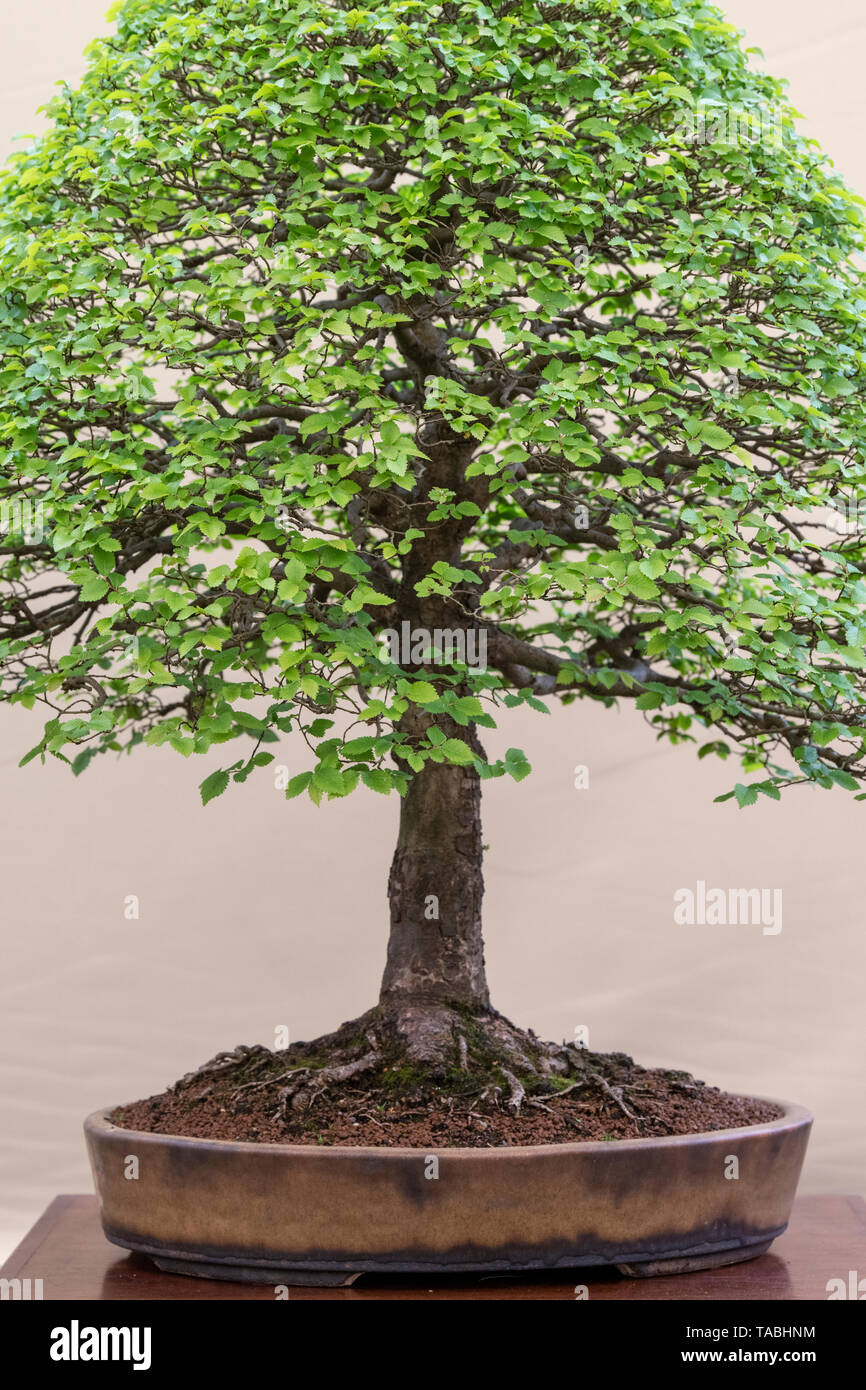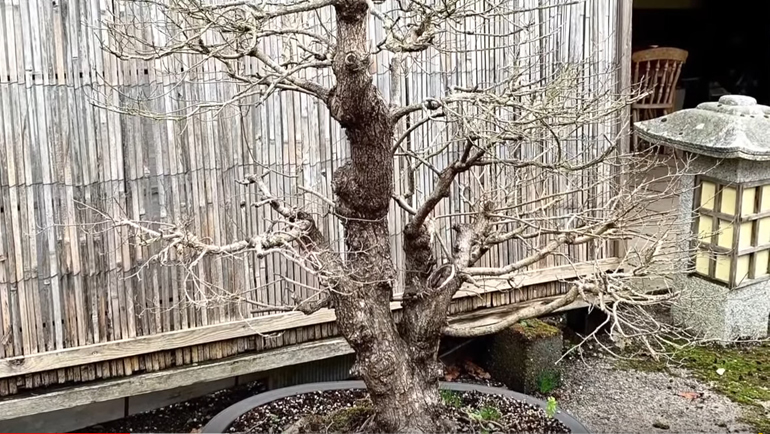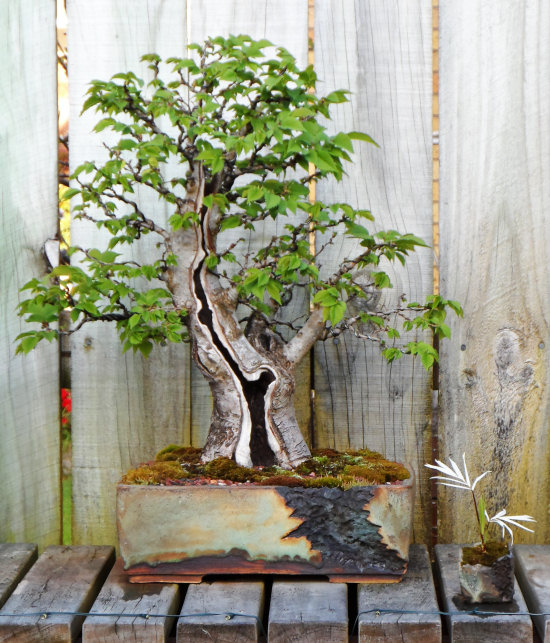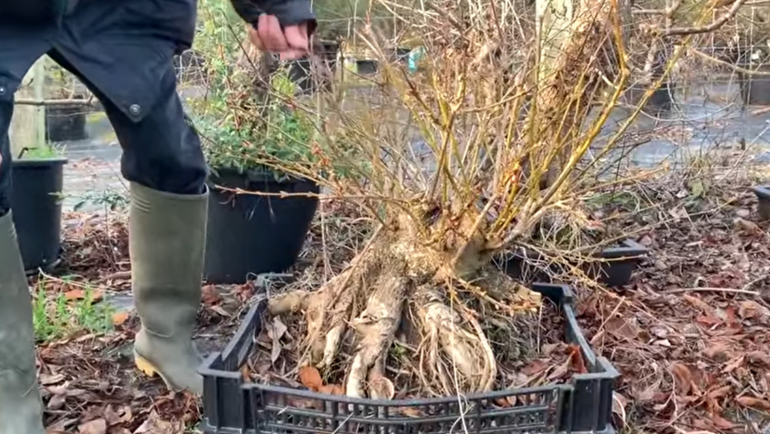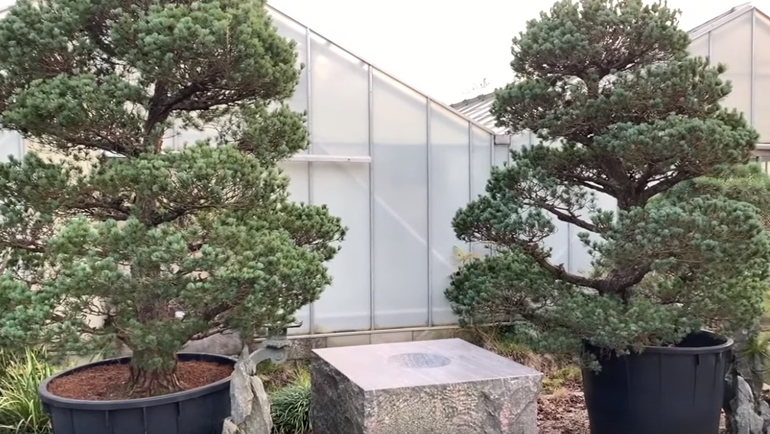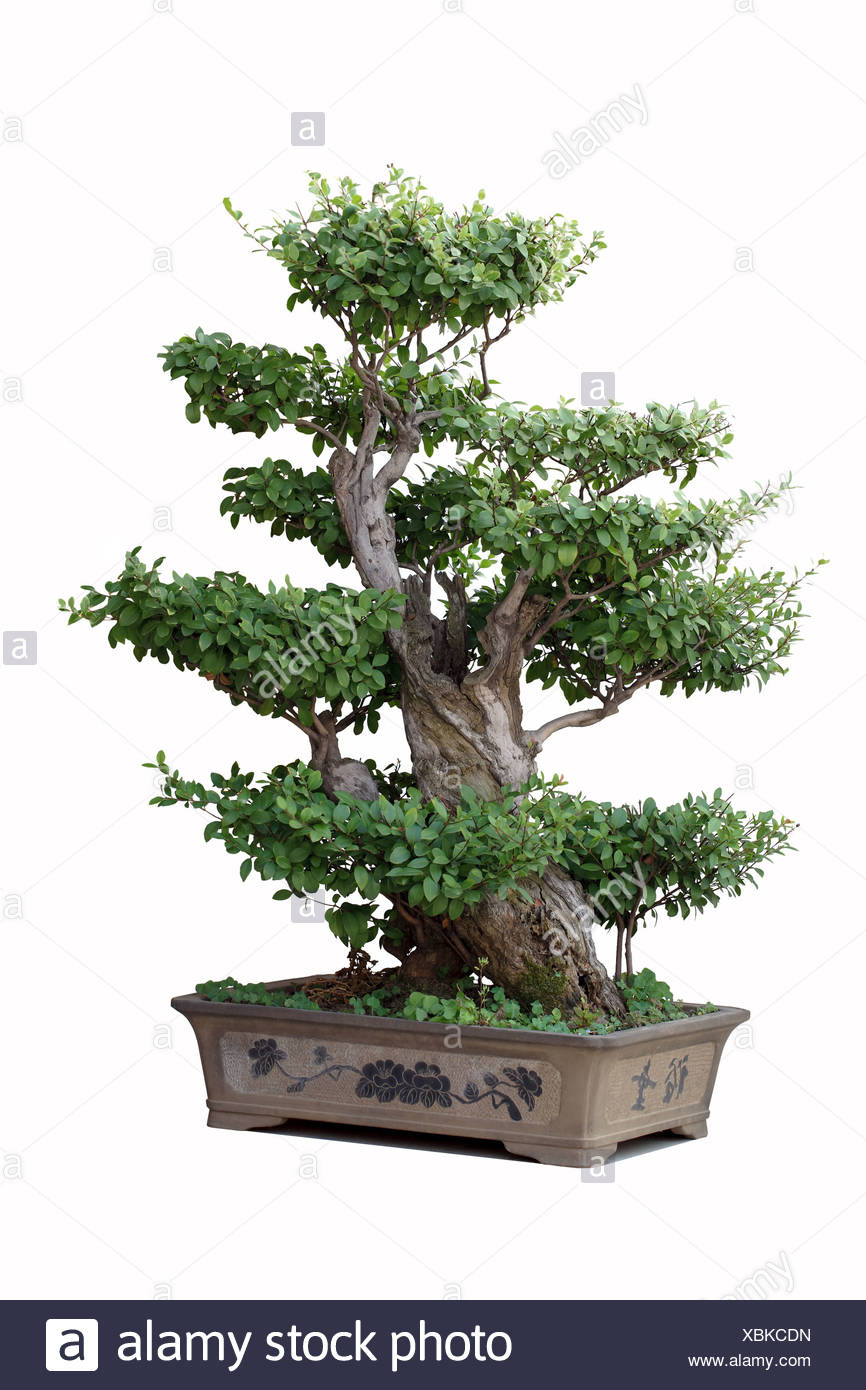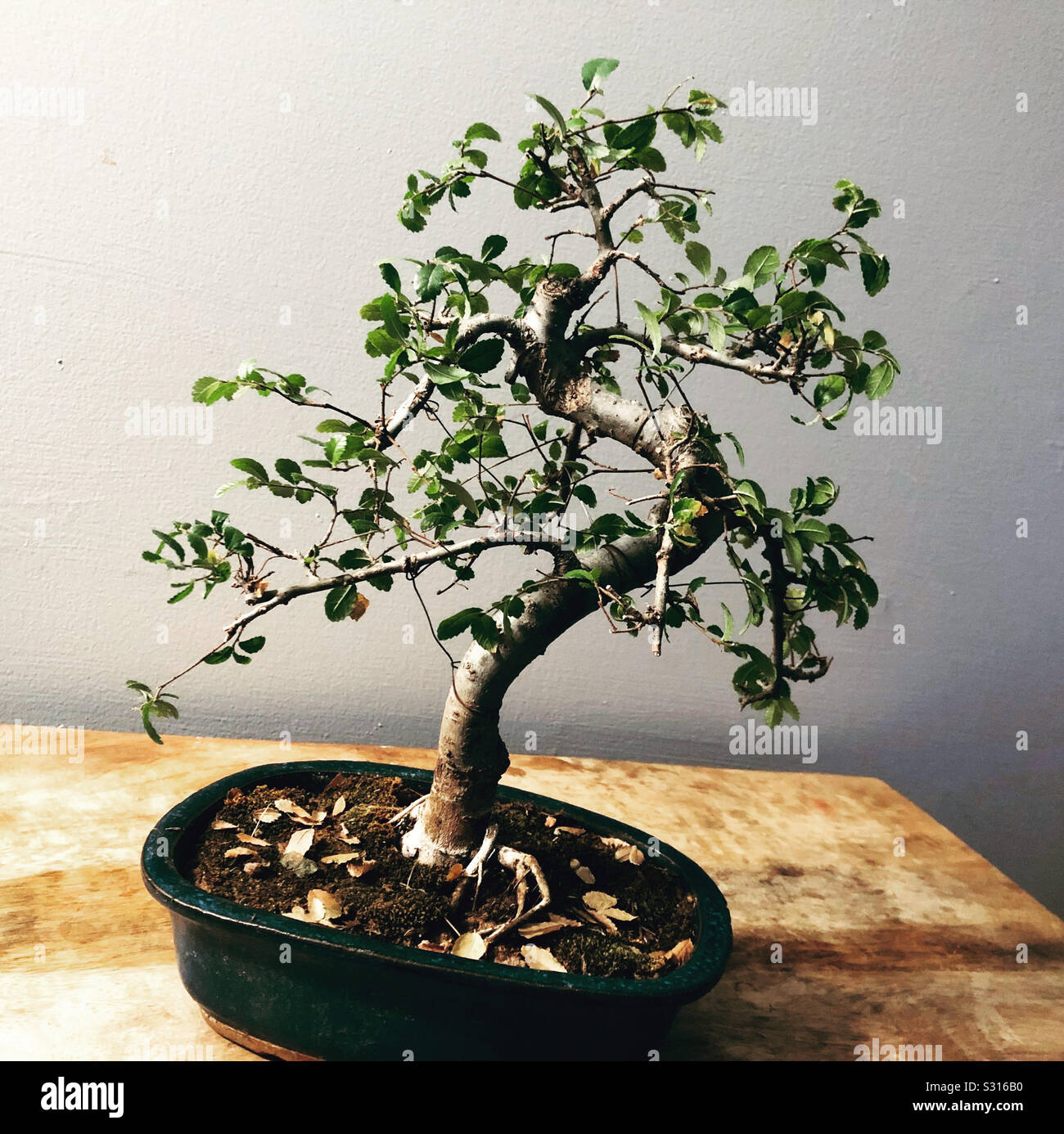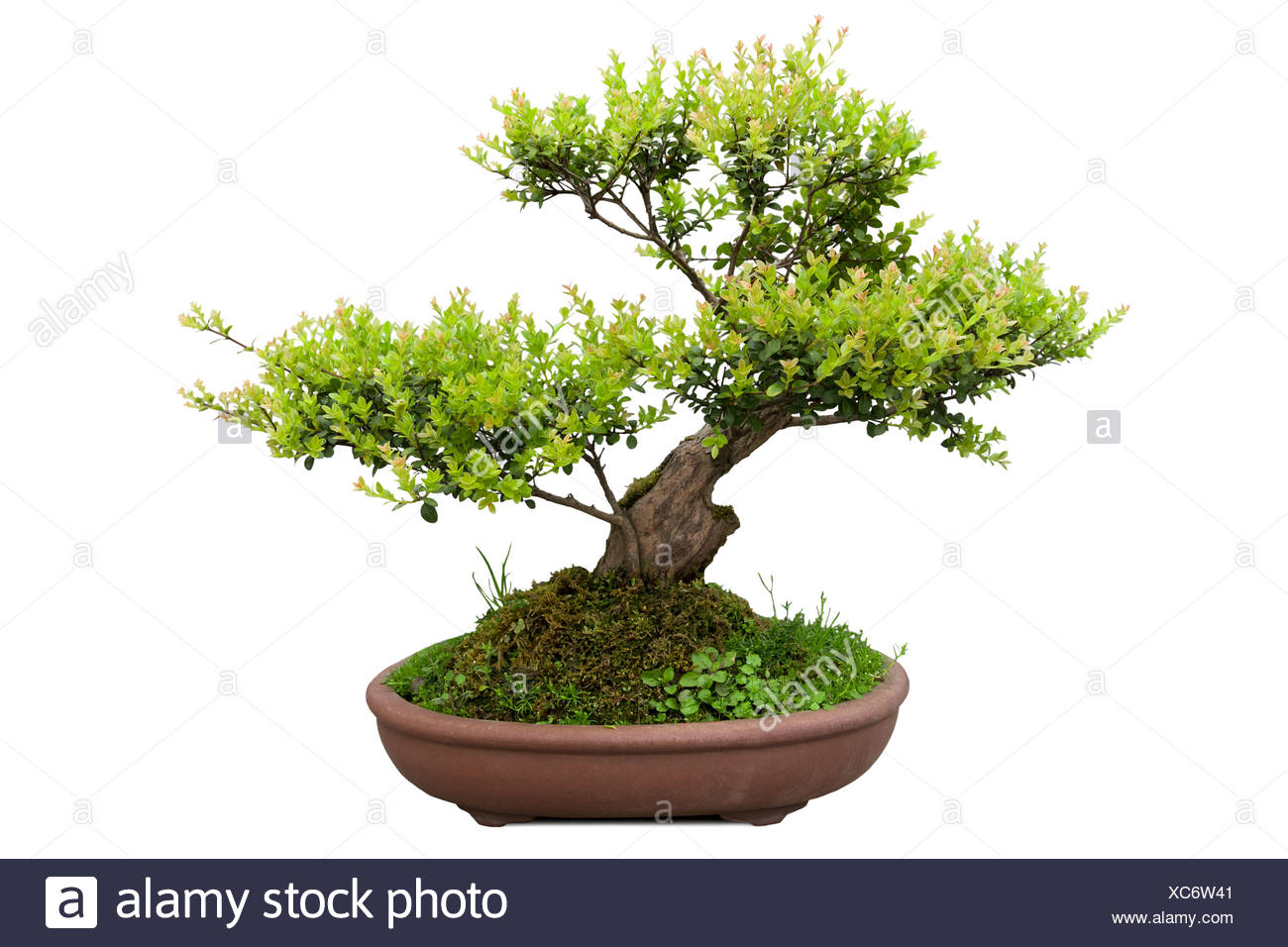Siberian Elm Tree Bonsai
Siberian dwarf elms grow to between 50 and 70 ft.

Siberian elm tree bonsai. The siberian elm is usually a small to medium sized often bushy deciduous tree growing to 25 m tall the dbh. The ones that grow here naturally are the easiest to care for. Since the chinese elm can grow if pruned back heavily it is a common choice for bonsai. Siberian elm is a fast growing tree in the elm family ulmaceae distinguished by small toothed leaves about 1 2.
Var pumila and var. But its certainly healthy with many new buds forming and offered plenty of promise. Of all the trees that i have. Jozsef zoltan varga getty images.
Leaves are smooth and dark green above paler and nearly hairless beneath and alternate. It is also known as the asiatic elm dwarf elm and erroneously chinese elm. So i would second what leatherback said about pines and junipers. Siberian elm trees are small to medium sized bushy trees with a rounded crown of dense foliage.
One aspect of this bonsai that i am not too keen on is the nebari root structure. The bark is dark gray irregularly longitudinally fissured. Pines do very well there. There are four very strong roots that grow from the trunk at weird angles that form arches above the soil i had to do something to make the most of them and try to make them look more realistic.
Review of risks should be undertaken before selecting these trees for planting sites. Arborea the latter known as turkestan elm. What is the temperature spread in the summer. Two varieties are recognized.
I can also second the idea that local tree species do best as bonsai. This is the first of several summer pruning sessions on this tree. In many areas elm trees have fallen out of favor due to the advent of dutch elm disease. In 3 7 cm long and half as wide and pointed at the tip.
Unlike other elms the leaf base is usually symmetrical forming a nearly even v. 110 fahrenheit is 43 celcius. Siberian elms have invasive traits that enable them to spread aggressively. While these trees have demonstrated invasive traits there is insufficient supporting research to declare them so pervasive that they cannot be recommended for any planting sites.
The tree is also called the asiatic elm or dwarf elm and is sometimes confused with the chinese elm. The siberian elm bonsai was looking a little tired and neglected in its shallow pot.



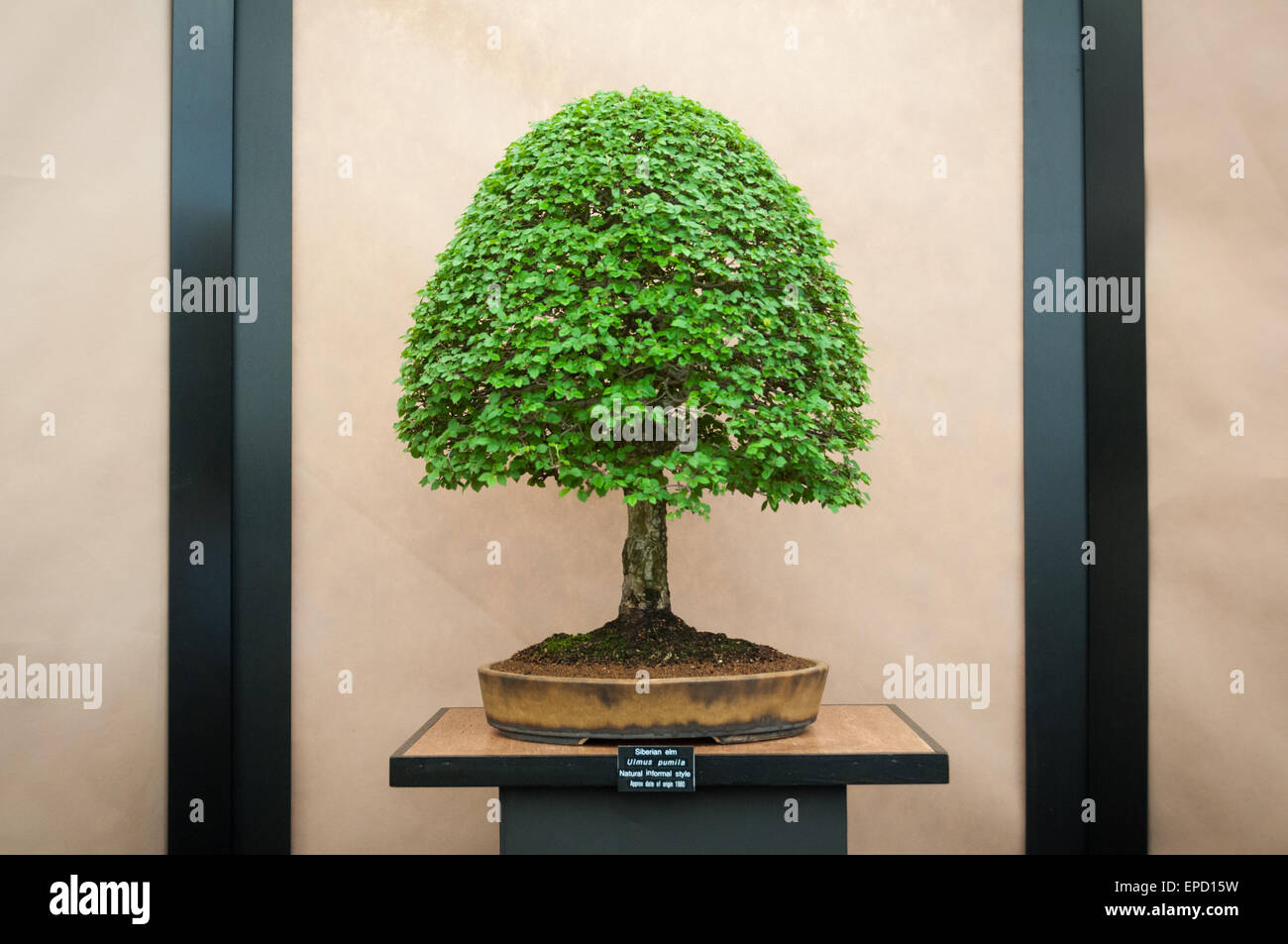















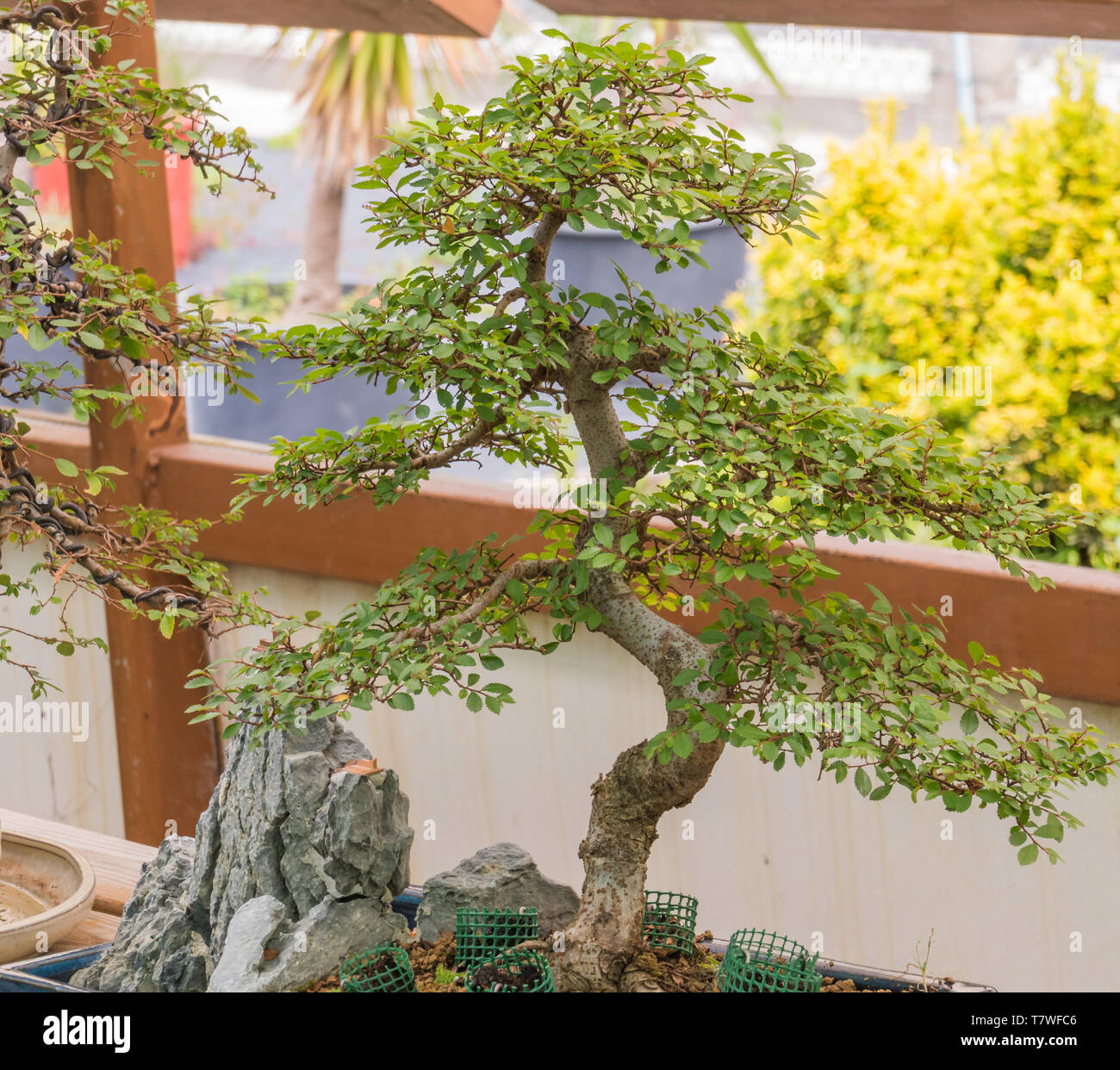


.JPG)
.JPG)

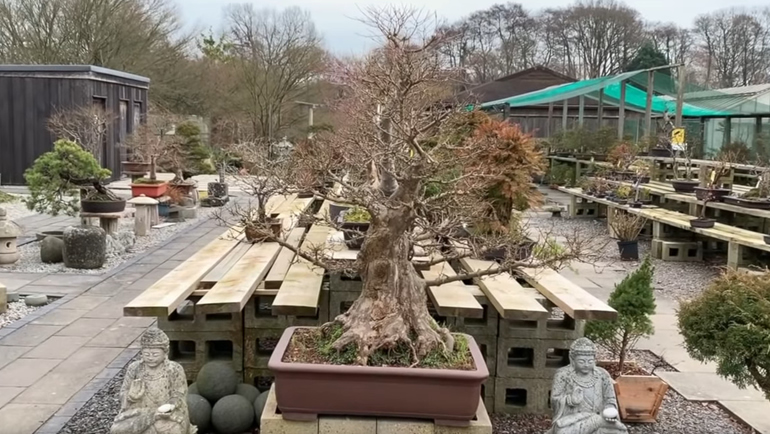


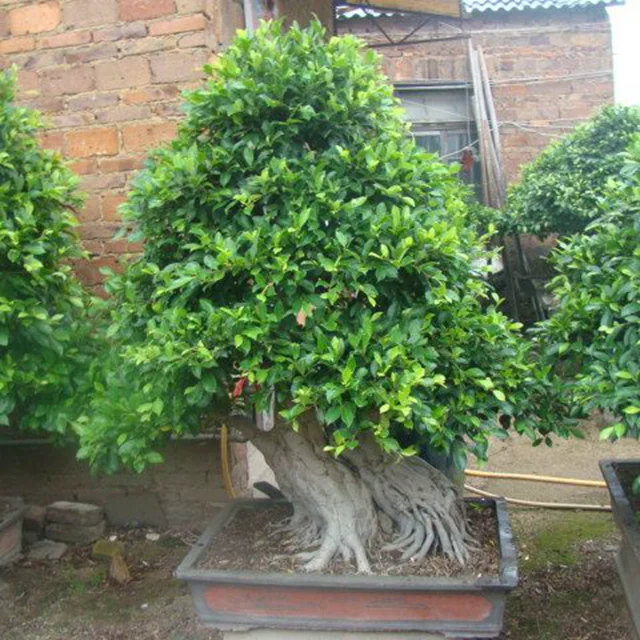

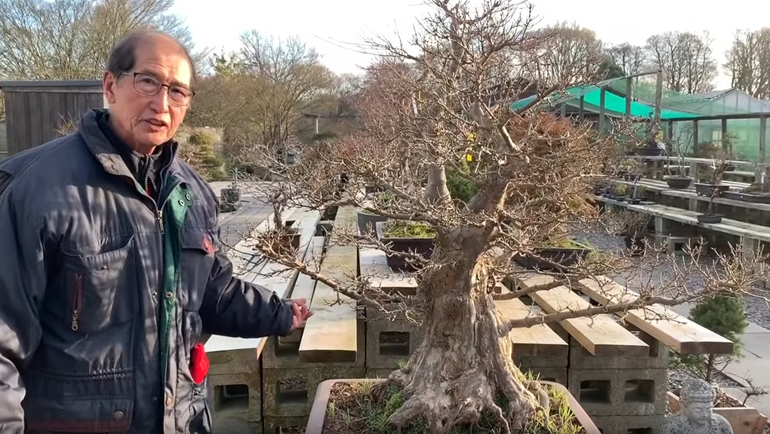


.jpg)

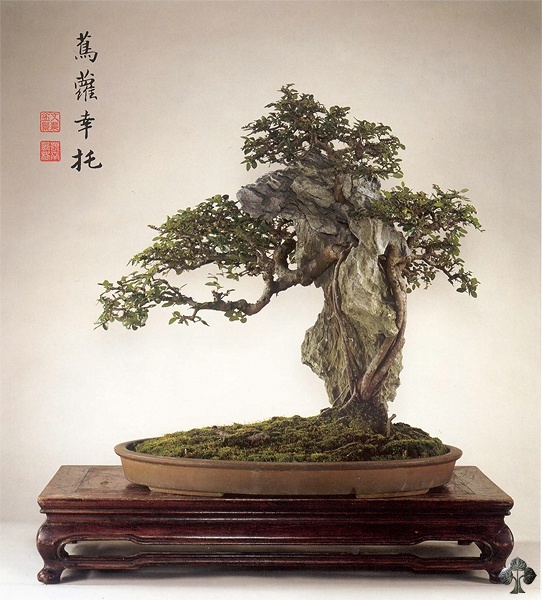
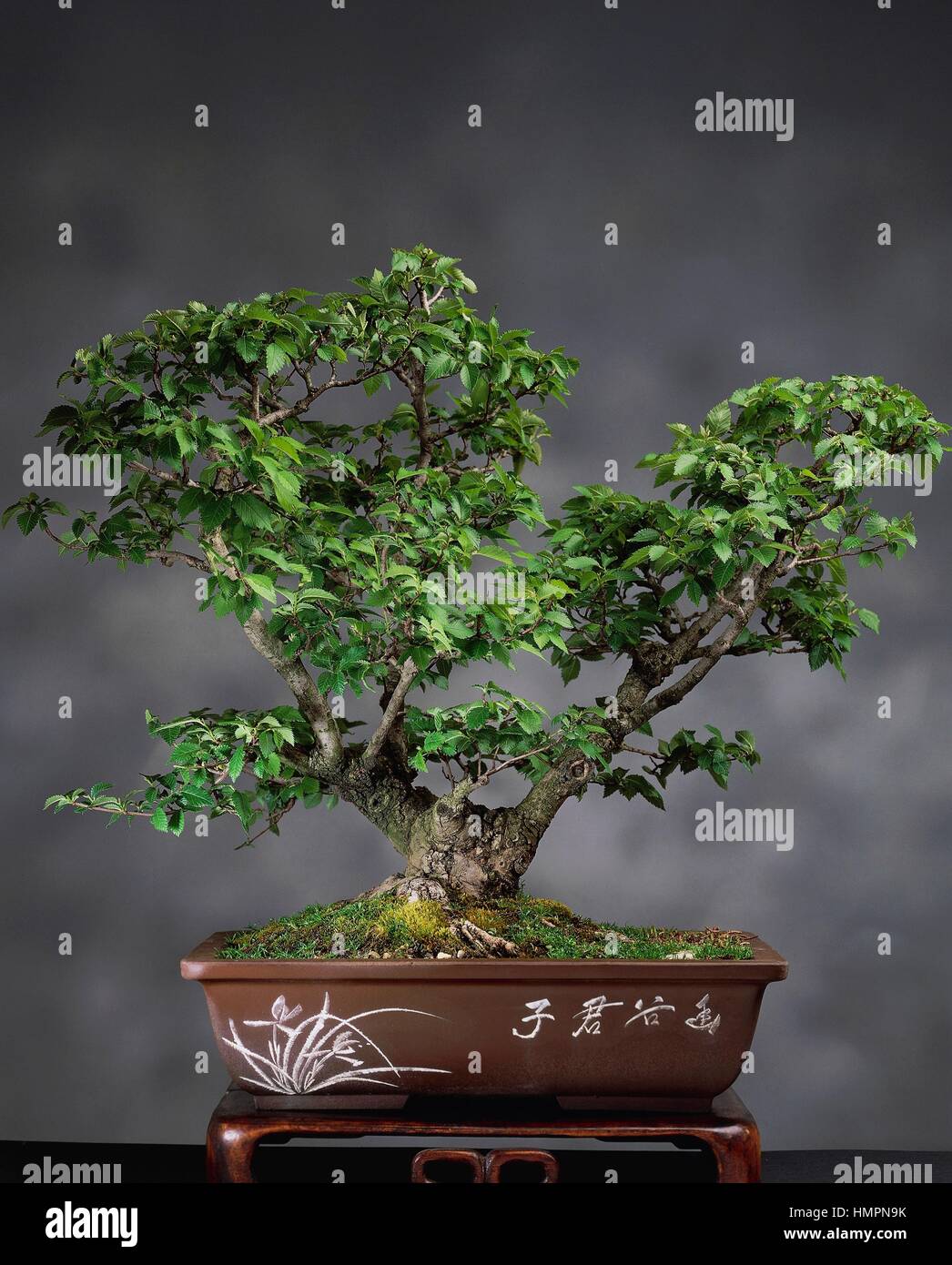
.jpg)















